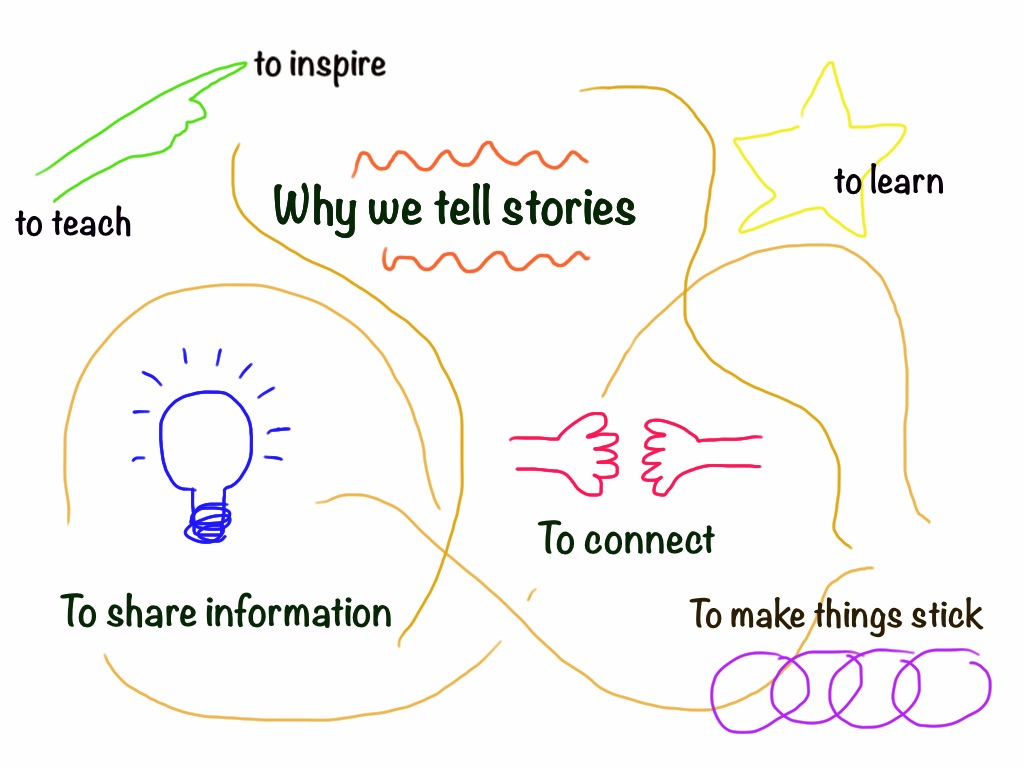
Creating Your Campaign Page Narrative
Your pitch is the main feature on your campaign page.
Inexperienced founders [...] try to convince with their pitch. Most would be better off if they let their startup do the work—if they started by understanding why their startup is worth investing in, then simply explained this well to investors. —Paul Graham, ”How to Convince Investors”
What is your campaign page narrative?
Best Practices: Pitching Your Company and Telling Your Story
The principles to creating a persuasive campaign page narrative are similar with the building blocks for your pitch deck.
Creating compelling paragraphs with these tips in mind:
- One point per paragraph. Make one point, and one point only, per paragraph. Have lots of points to make? Just make more paragraphs. Let the story unfold one paragraph at a time.
- Make the most important point your header. Space on your page is valuable. The header is what you want your investor to remember—not a chapter marker. A header that says “Traction” or "Problem" means nothing. A header that says “We’re growing 30% MoM since launching 6 months ago” is a takeaway.
- Make your point in 7 words or less. Just like your 10-second Elevator Pitch, go through the exercise of rewriting your headers (your most important points) until they’re ruthlessly clear and simple. Seven words is a guideline, not a requirement.
- At the end, read the headers of your narrative as a story. Isolate your slide headers. Do your headers read as a meaningful, standalone story? If not, keep working the headers until they do.
Assemble Your Points Into A Persuasive Story
Hook investors into your pitch your company's greatest strength at this point in time. This is the most compelling piece of your story, so don't bury the lead! Start with the hook and build the rest of the story around it.
If you're a pre-revenue or pre-seed startup with a unique vision for the future, teach us about the opportunity and prove that you'll execute successfully. Remember that your opportunity slide should educate us on a unique insight about the problem— a blanket stat or statement about the industry is not unique to your team's value proposition.
From there, lead with your strongest evidence that you're uniquely poised to succeed. This may be your great team, or your excellent customer feedback, or some other social proof that you're "in it to win it." Follow with your solution, business model, the next milestone you can hit, and your ultimate vision.
If you're seeing early traction, then lead with your successes. Start with a short blurb about what your company does, and continue by showing (not just telling) your success so far. Demonstrate with customer reviews, blue-chip logos, and impressive metrics. From there, fill us in on your problem and solution, team, business model, and why you're raising.
If you're primarily a community venture— like a local restaurant, retailer, or even a sports team—then start with a clear picture of exactly what you offer and why people love it. Describe the customer experience in sensory terms so that internet readers can almost, see, hear, smell, and sense what you offer and why people love it. Once you have that hook, give more detail around your traction, social proof, business model, team, founding story, and more.
If people primarily love you for your mission, then lead with why you exist. Your goal in this type of pitch is to create an emotional hook. Begin with your mission, a vision of what the world looks like if you succeed, your unique founding story, vivid problem statements, and testimonials from customers. Then fill in the other details, like your solution, team, traction, and proposed use of funds.
End On A Sincere Call To Action
Say thank you, be positive, and close with a call to action:
“Invest in {company} and become part of our future.”